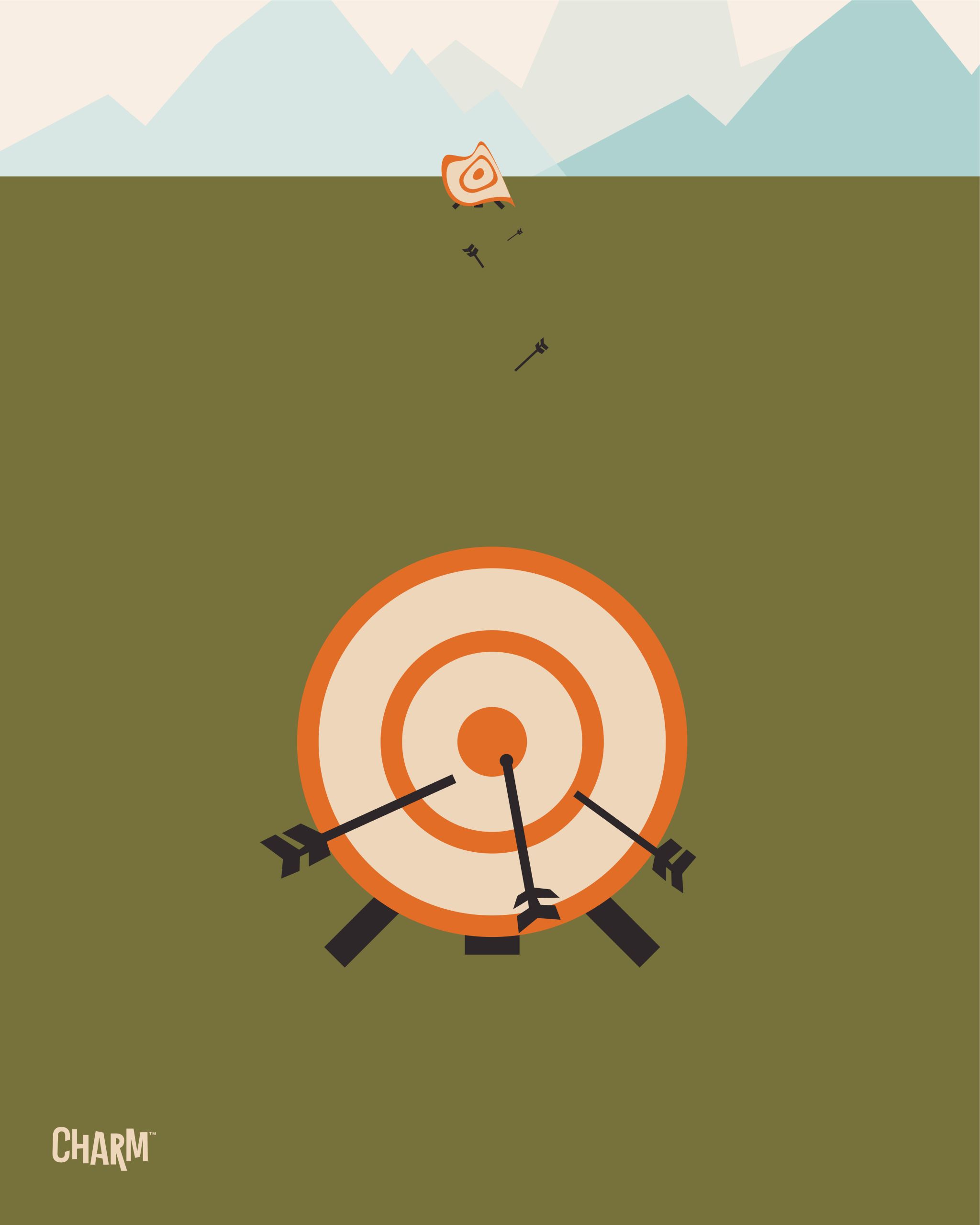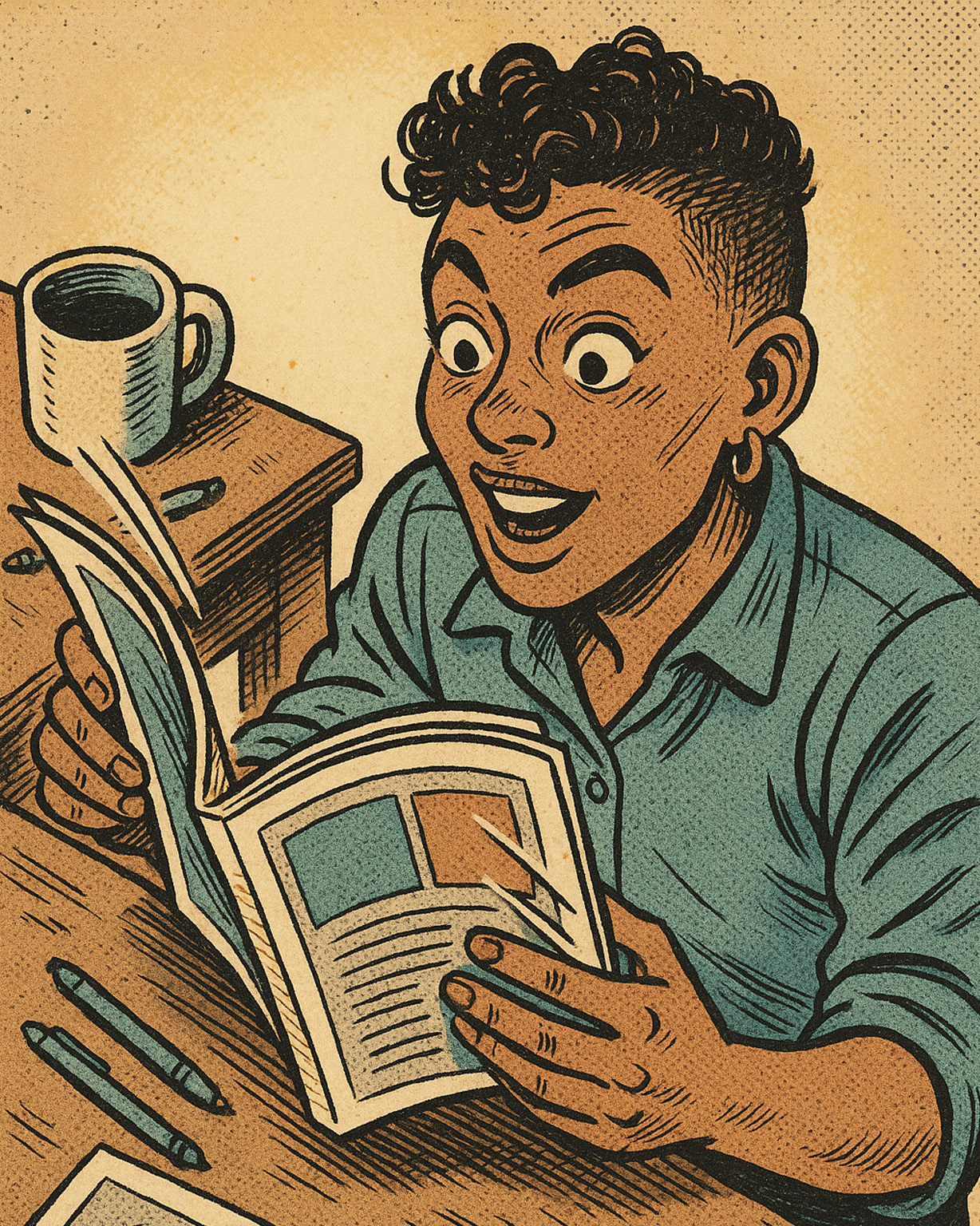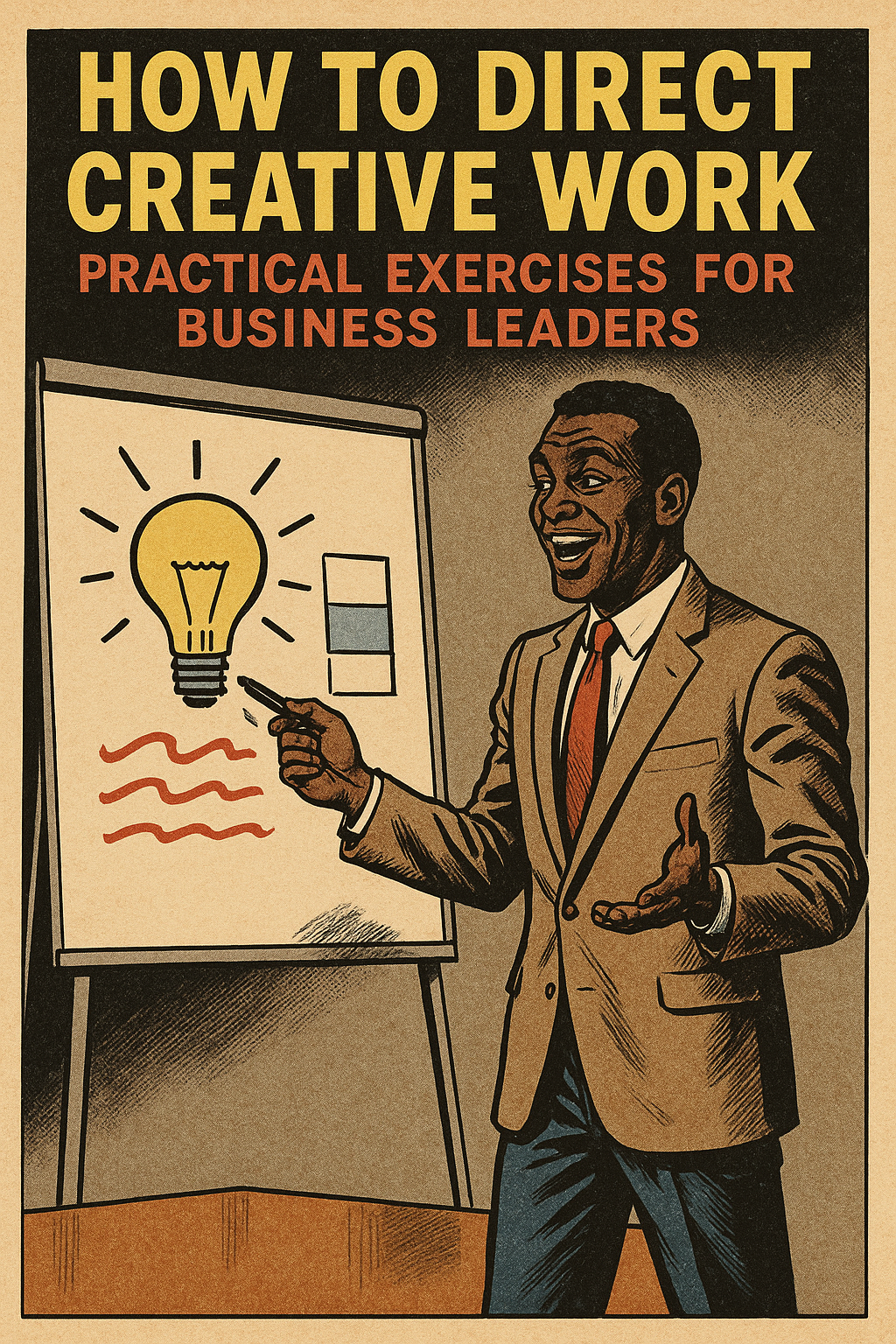If you run a business, (especially one that builds digital products, services, or experiences) you’ve likely heard the terms Agile and Design Thinking. You may have even been told you “need to be more Agile” or “apply Design Thinking” to your strategy.
But these frameworks often get introduced as trends or buzzwords, not as the practical tools they are. Used thoughtfully, Agile and Design Thinking can help your team reduce waste, build smarter, and stay closer to your customers’ actual needs. Used poorly, they create confusion and inefficiency.
Here’s a clear breakdown of what these frameworks are, how they differ, and how they can work together to support your business goals.
What Is Agile?
Agile is a framework for project management, originally developed for software teams.
The key idea is simple: instead of delivering one large solution at the end of a long timeline, teams work in small increments, delivering pieces of value quickly and adjusting based on real feedback.
Why it matters for business owners:
-
It shortens the time between investment and return
-
It reduces the risk of building the wrong thing
-
It keeps teams focused on delivering working solutions, not just documentation or plans
Agile helps your teams stay flexible. If customer needs change, or if early efforts reveal problems, you can pivot before major time or money is lost.
What Is Design Thinking?
Design Thinking is a framework for solving the right problems. It emphasizes understanding your customers deeply; what they need, how they behave, and where current solutions fall short.
Where Agile focuses on execution, Design Thinking focuses on discovery.
Why it matters for business owners:
-
It helps avoid investing in ideas no one wants
-
It leads to more relevant, differentiated offerings
-
It surfaces opportunities that may not be obvious through market data alone
Design Thinking centers on research, ideation, and rapid prototyping before you commit to full development. It creates confidence that your team is solving a real problem, not just guessing.
Agile vs. Design Thinking: The Core Difference
| Agile | Design Thinking | |
|---|---|---|
| Primary goal | Deliver usable solutions quickly | Understand and solve the right problem |
| Focus | Execution, iteration, delivery | Research, insight, innovation |
| Works best when | The problem is clear, and speed to market matters | The problem is unclear, or customer needs are evolving |
| Team structure | Cross-functional teams working in time-boxed cycles (sprints) | Cross-disciplinary collaboration in flexible, exploratory phases |
| Customer involvement | Frequent testing of working versions | Deep engagement during early research and ideation |
Agile is the engine that moves your team forward. Design Thinking is the compass that ensures you’re headed in the right direction.
How These Frameworks Work Together in a Business Context
Agile and Design Thinking are not opposing approaches. In fact, they’re most powerful when combined thoughtfully.
Here’s how a business owner might guide a team through both:
1. Start with Design Thinking
Before investing in a build, use customer research to understand the real problem. Interview users. Map out their journey. Explore many possible solutions, and test rough prototypes. This is where you make sure your team isn’t about to invest in solving the wrong issue.
2. Transition into Agile
Once your solution is clearer—meaning it’s been tested and shows real potential— shift into Agile. Define a product backlog, prioritize the most valuable features, and build iteratively. Let your team learn from each sprint and continue adjusting based on real user feedback.
3. Loop back as needed
If new questions arise during Agile development, return to Design Thinking tools. Interview more customers. Reframe the problem. Revisit assumptions. This prevents waste and keeps your investment aligned with evolving needs.
Why It Matters
Many businesses struggle not because their teams lack talent, but because they’re solving the wrong problems, or building solutions too rigidly to respond to change.
Design Thinking protects your business from poor problem definition. Agile protects it from slow, inefficient delivery.
Together, they give you a way to:
-
Build with confidence that your offering is grounded in real customer need
-
Move quickly without sacrificing quality
-
Stay adaptive as markets shift or new insights emerge
A Final Thought
You don’t need to become an expert in these frameworks to benefit from them. But understanding the difference between exploration (Design Thinking) and execution (Agile) helps you ask better questions, set clearer expectations, and lead your teams with more precision.
If you’d like help bringing these methods into your business— without jargon, theatrics, or needless complexity— our Creative Directors at Charm are happy to support.








